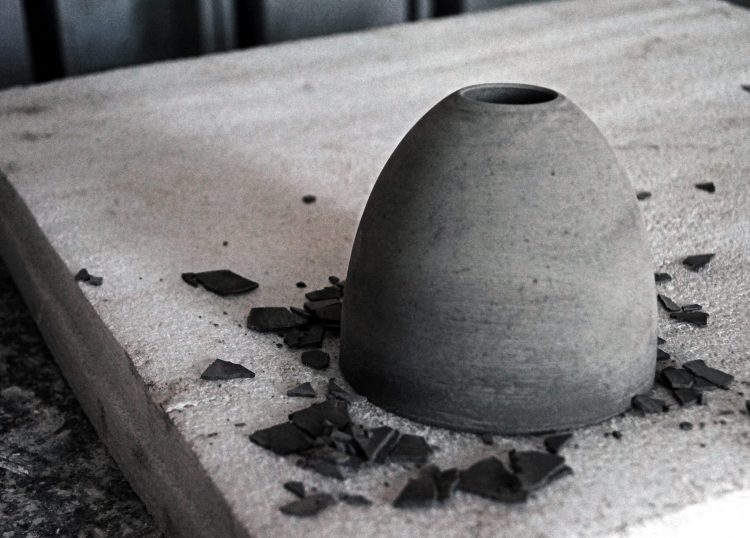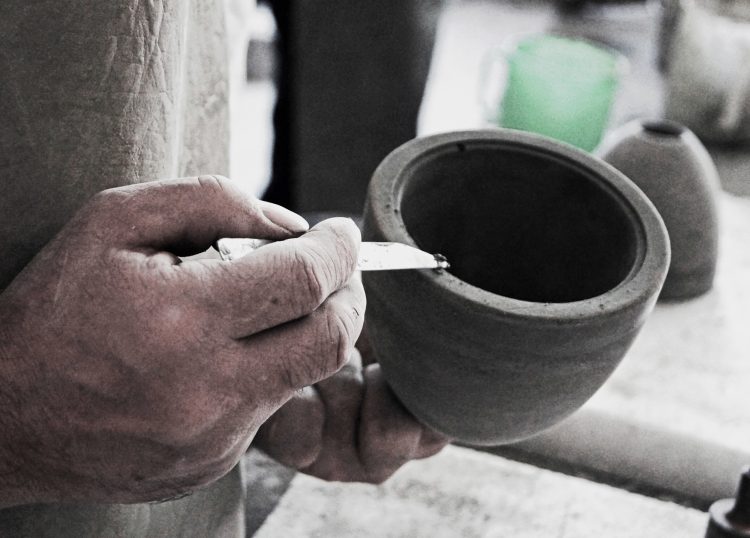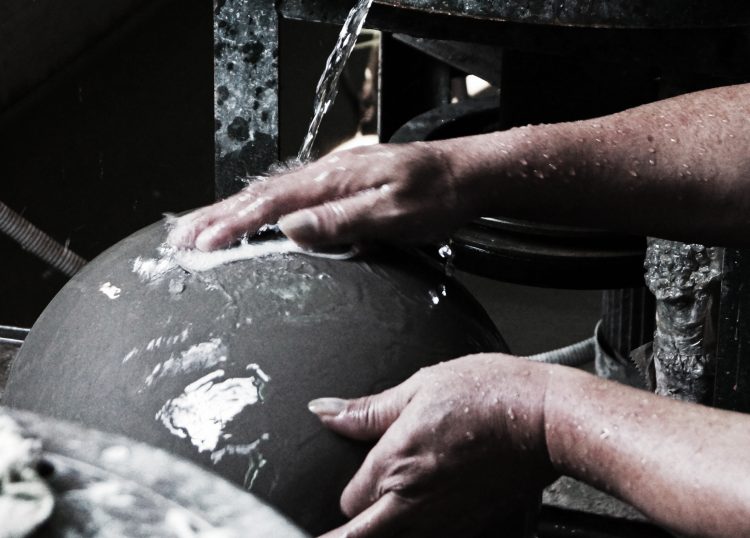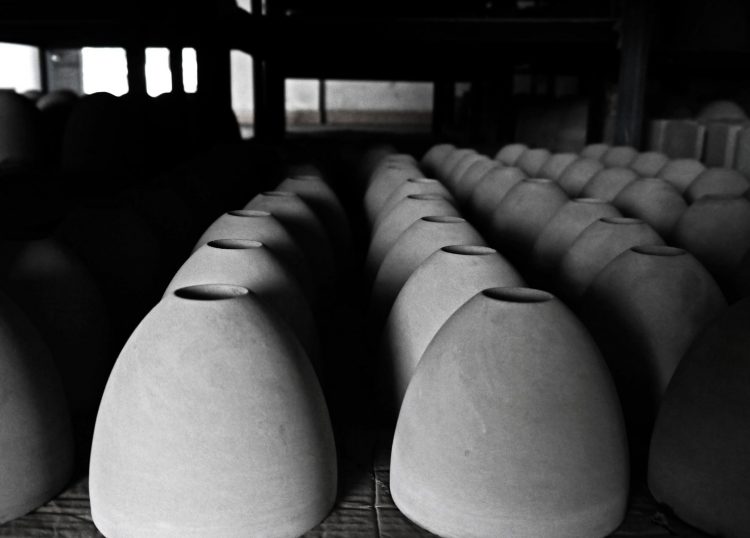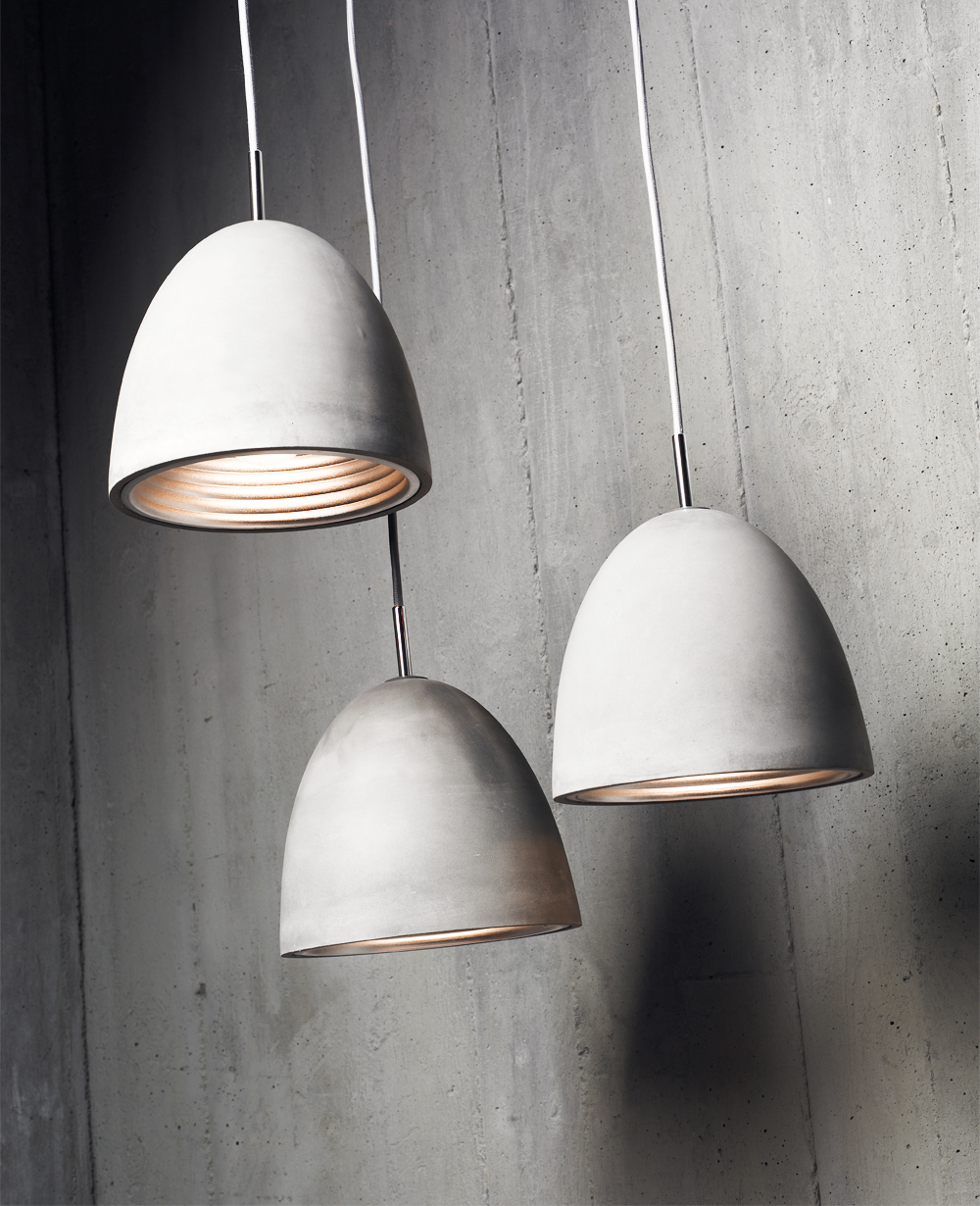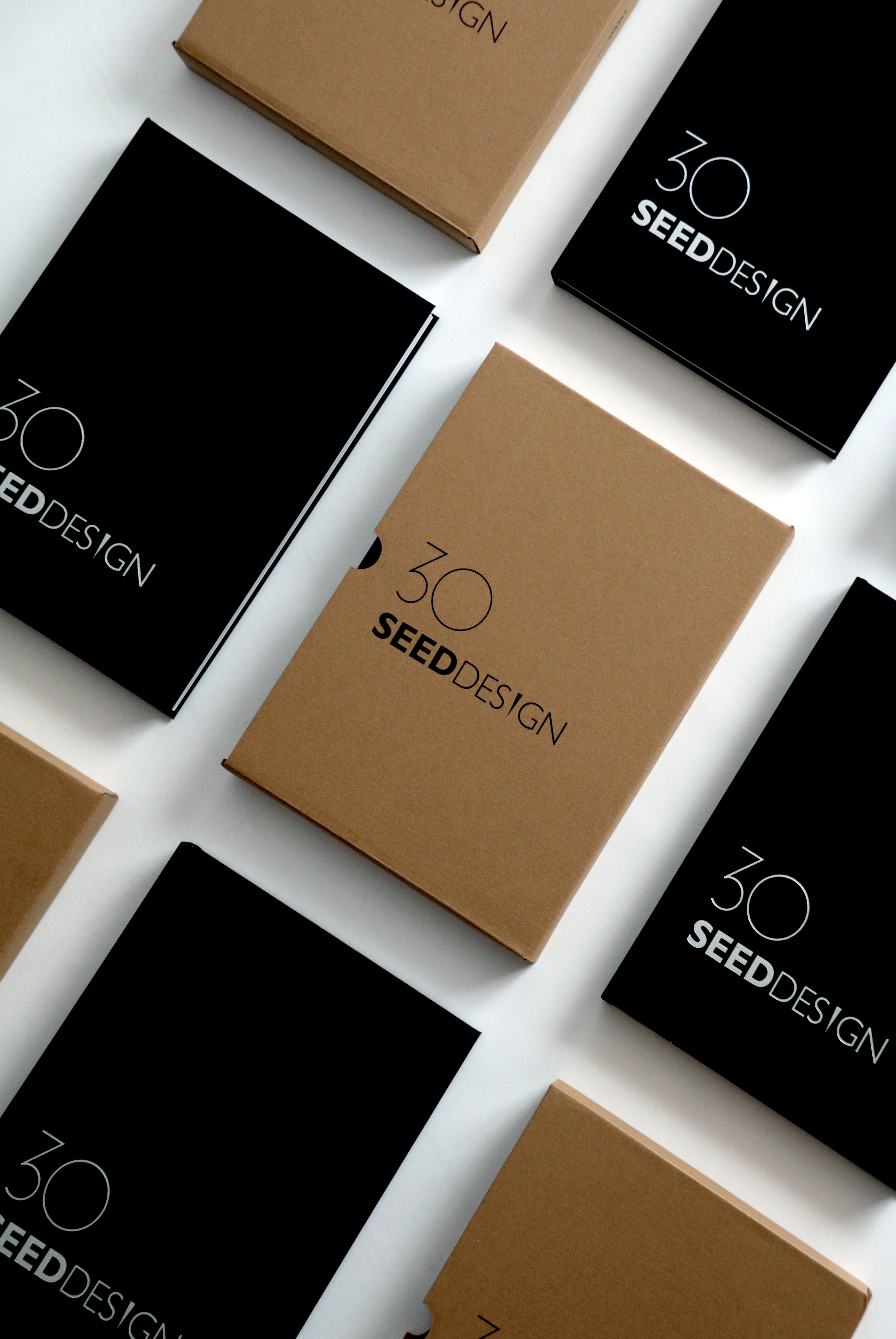Many years ago, Meiric visited Florence and was intrigued by the “Jersey Barrier”, a modular concrete employed to separate lanes of traffic, that stood in the middle of the square. The delicate work of the fence amazed him and broke his stereotype against “cement objects”. While he was impressed, a bold idea occurred to him: “Is it possible to use cement as a material for lighting?”
That’s where it all began the following cement materials experiment for over two years.



